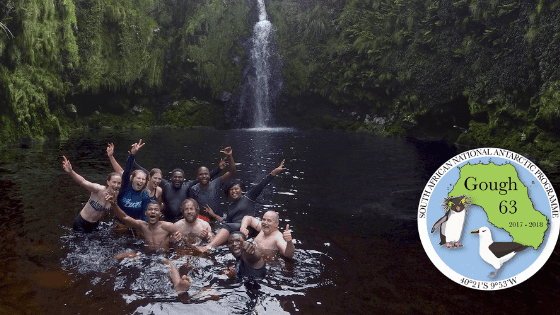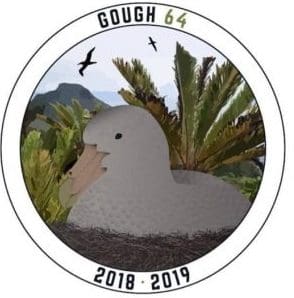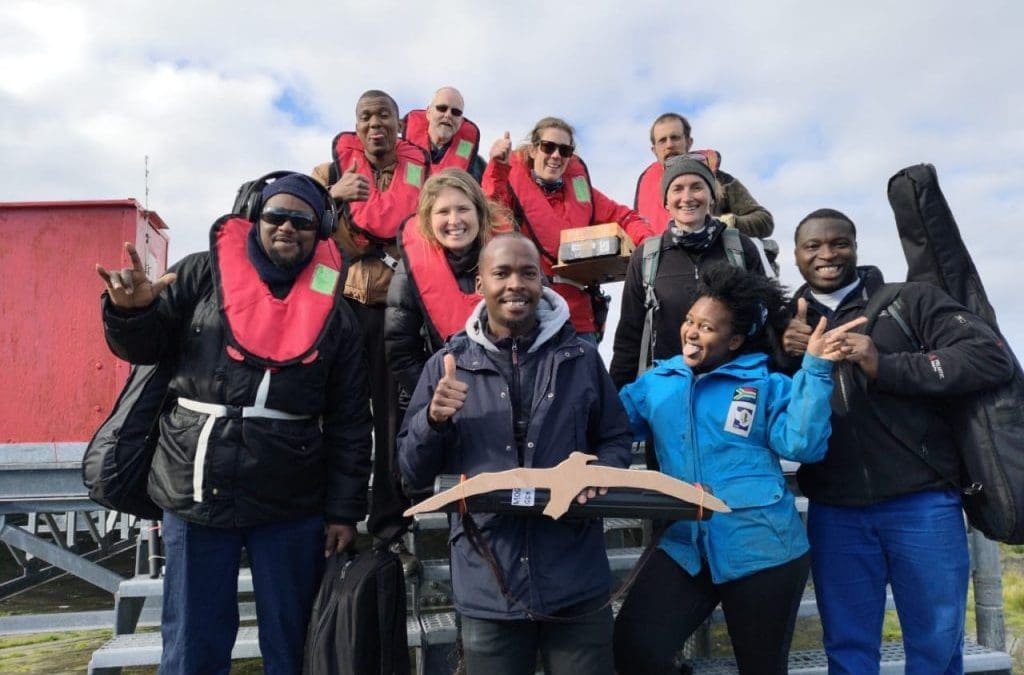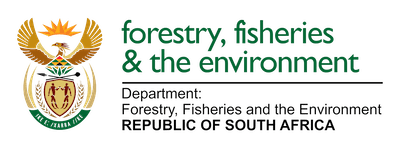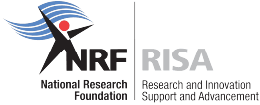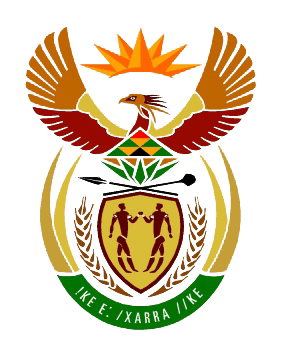
by Fishgate@sanap | Jun 12, 2019 | Announcement, Gough Island, Jobs, News
Call for all electricians, that consist of the minimum requirements for this position, to apply as soon as possible.
Please click on the link below for more information regarding this position:
Electrician – Gough (OC03.2019)
DEADLINE: 24 June 2019
Please Contact Mr Willem Boshoff for more information – Telephone (021) 405 9418
Read more about Gough Island here.
Also view the inside of the base, where you will stay for 13 months.
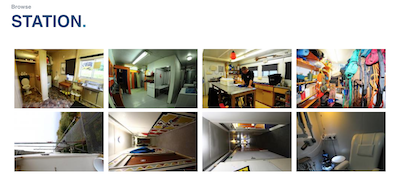
Anché Louw, Antarctic Legacy of South Africa, 12 June 2019

by Fishgate@sanap | May 31, 2019 | Announcement, Gough Island, Jobs, News
Physically hard working individuals and communications engineer needed!!
The Royal Society for the Protection of Birds (RSPB) announced the availability of positions for the Gough Island Restoration Programme (GIRP). This programme is planned to commence in 2020 and aims to get rid of the bird-eating mice on Gough Island.
https://www.facebook.com/GoughIsland/posts/709619229472872
If you are interested in more information or if you would like to join the team, download this document – Gough Island Restoration Programme baiting team member application briefing.
Applicants need to fill out the application at the end of the document and email to pmcclelland@xtra.co.nz.
Note that the selection of the team is likely to be in September 2019, hence submit your application as soon as possible.
Feel free to contact Pete McClelland or Richard Switzer for further queries.
– Pete McClelland (baiting team) – pmcclelland@xtra.co.nz
– Richard Switzer (aviculture team) – Richard.Switzer@rspb.org.uk
Anché Louw, Antarctic Legacy of South Africa, 31 May 2019

by Fishgate@sanap | Feb 13, 2019 | Announcement, Gough Island
 The next Gough Island Overwintering Expedition will depart from Cape Town in September 2019. This will be the 65th Gough Island overwintering team who will return to Cape Town in October 2020.
The next Gough Island Overwintering Expedition will depart from Cape Town in September 2019. This will be the 65th Gough Island overwintering team who will return to Cape Town in October 2020.
Positions currently advertised:
- Medical Orderly
- Electrician
- Diesel Mechanic
- Communications Engineer
- Senior Meteorological Technician
- Assistant Meteorological Assistant (2 posts)
If you are interested in applying to overwinter, please click here.
Please note that applications close between 04 and 14 March 2019.
Please download the PDF advert of the position you are interested in and follow the application instructions as set out in the advert.
Read more:
Recent article (Afrikaans) about the Gough63 team (Click here).
Click here and here for more information on Gough Island (English).
Photo Credit: Tom Mc Sherry

by Fishgate@sanap | Nov 21, 2018 | Gough Island, Southern Ocean, Team Photo
The 63rd Gough Island Overwintering team departed on 07 September 2017 (click here to read more) and returned to Cape Town on the 13th of October 2018 (Photo).
Click on the link below and view their official team photo among the previous Gough Island overwintering teams.
Gough Team Photos

by Fishgate@sanap | Nov 20, 2018 | Gough Island, News, Overwintering Team
The Gough64 team members decided to take turns in writing blog posts, to update family and friends back home.
The first post was written by Cathy Mbazwana, Medic of Gough64.
This blog entry is about team member, Christopher Jones’s birthday party (Click here to read the blog). She also added the sea temperature and climate data for September and October 2018 to this blog post. It is great to hear that your team takes pride in planning and attending each other’s birthday parties. Your team dynamics definitely show positive signs for the year ahead.
Thanks for this great initiative Gough64.

We do still hope that the team decides to compile a newsletter in the coming months, but we are excited about this blog initiative and the stories your team will deliver.
Author: Anche Louw, Antarctic Legacy of South Africa, 20 November 2018

by Fishgate@sanap | Oct 2, 2018 | Gough Island, News, Overwintering Team, SA Agulhas II, Team Photo, Tristan da Cunha

63rd Gough Island Overwintering team ready to leave the island. Photo received from: Michelle Risi
The S.A. Agulhas II has departed from Gough Island, yesterday afternoon.
The 64th Gough Island overwintering team will now do the honours of taking care of the South African weather station and the collection of various field and meteorological data.
We would like to wish the team a successful year on the island. May you prosper and achieve all the goals set for you during this take-over.
The S.A. Agulhas II is currently on her way to Tristan da Cunha, where a 48 hour stop-over will made to back-load cargo and passengers. The expected time of departure (ETD) at Tristan da Cunha is 06 October 2018 and the expected time of arrival (ETA) in Cape Town is 11 October 2018.

The 64th Gough Island Overwintering team excited to take over the responsibilities of managing and maintaining the Gough Base for the next 13 months. Photo credit: Michelle Risi
Author: Anche Louw (Antarctic Legacy of South Africa), 02 October 2018

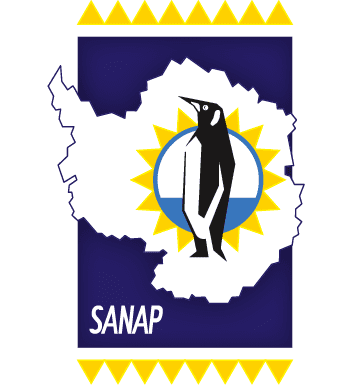
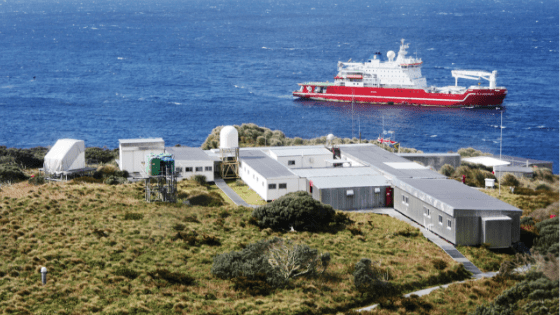

 The next Gough Island Overwintering Expedition will depart from Cape Town in September 2019. This will be the 65th Gough Island overwintering team who will return to Cape Town in October 2020.
The next Gough Island Overwintering Expedition will depart from Cape Town in September 2019. This will be the 65th Gough Island overwintering team who will return to Cape Town in October 2020.